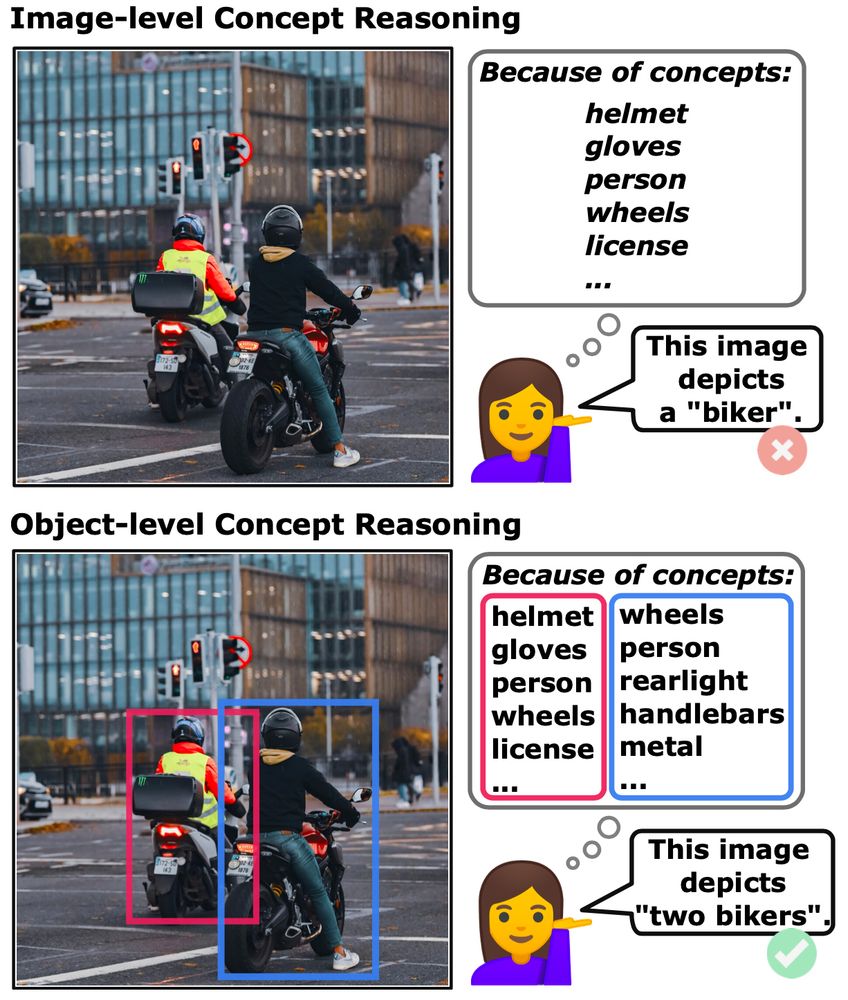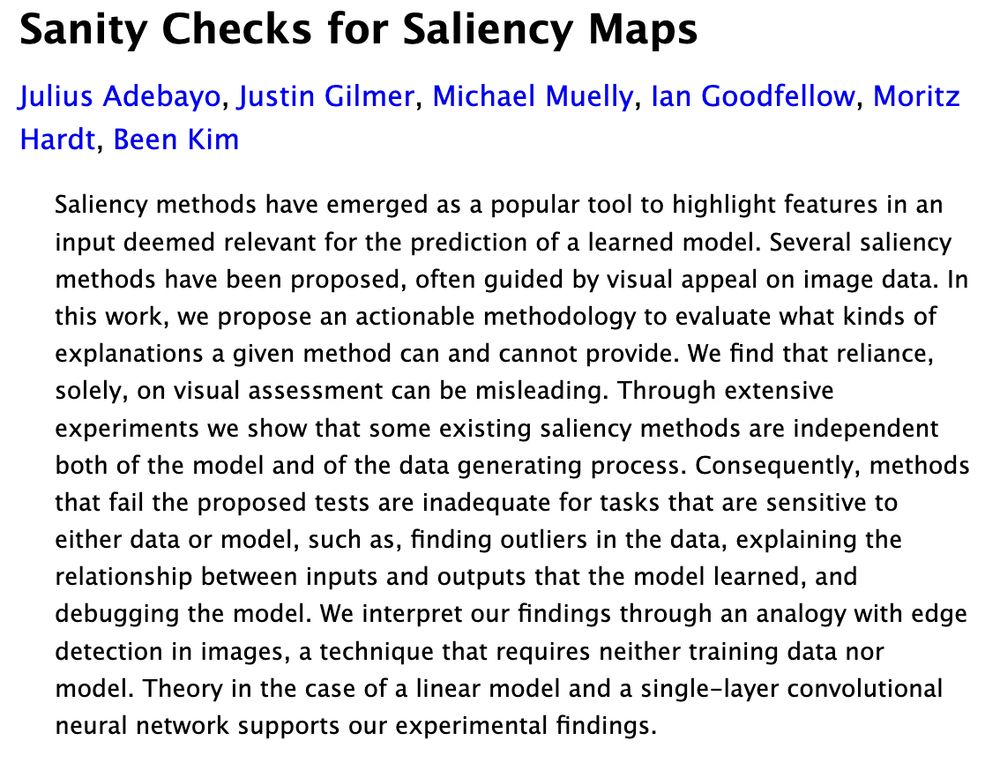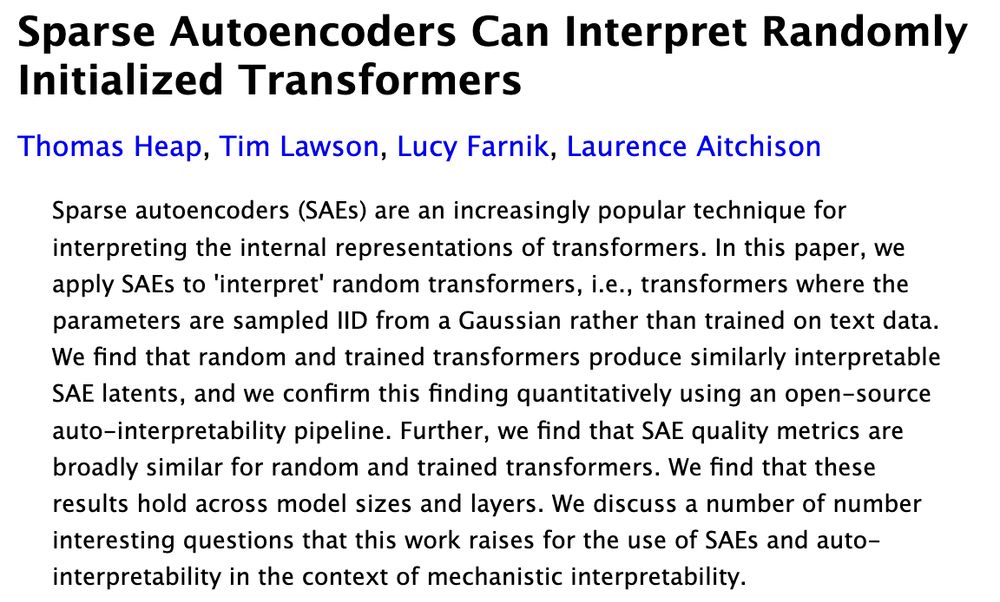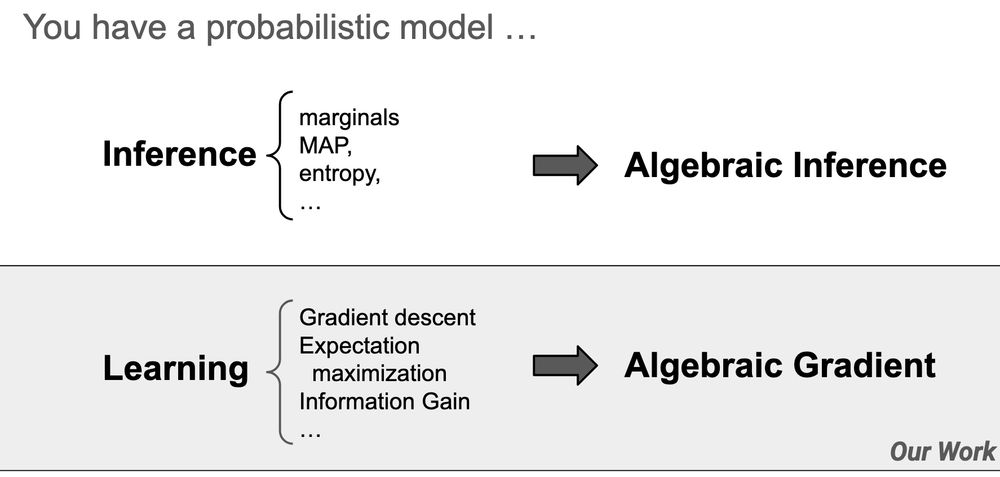@wolfstammer.bsky.social
120 followers
130 following
6 posts
PhD candidate at AI & ML lab @ TU Darmstadt (he/him). Research on deep learning, representation learning, neuro-symbolic AI, explainable AI, verifiable AI and interactive AI
Posts
Media
Videos
Starter Packs
Reposted
TU Darmstadt
@tuda.bsky.social
· May 22
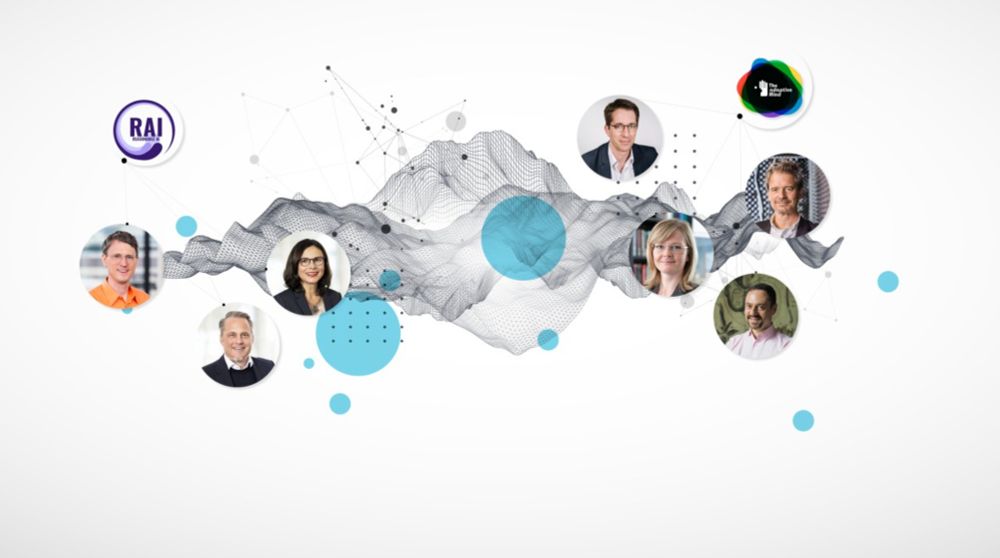
Zwei Exzellenzcluster für die TU Darmstadt
Großer Erfolg für die Technische Universität Darmstadt: Zwei ihrer Forschungsprojekte werden künftig als Exzellenzcluster gefördert. Die Exzellenzkommission im Wettbewerb der prestigeträchtigen Exzell...
www.tu-darmstadt.de
Reposted
Antonia Wüst
@toniwuest.bsky.social
· May 2
Reposted
Reposted
Reposted


